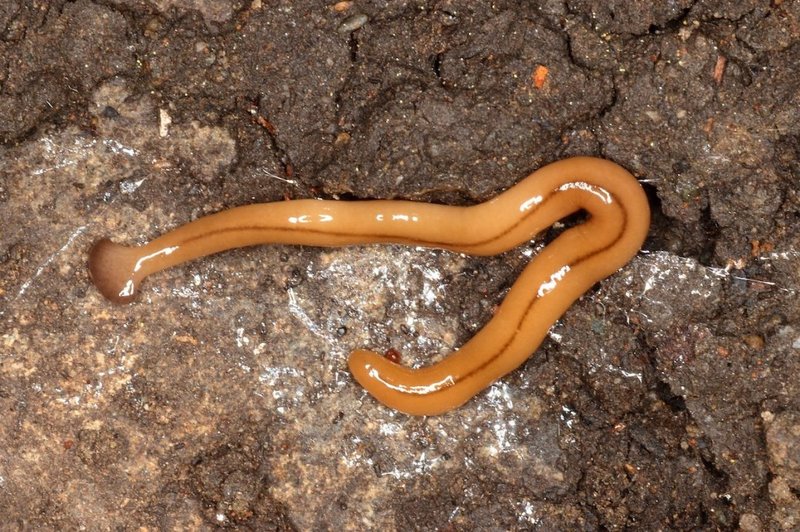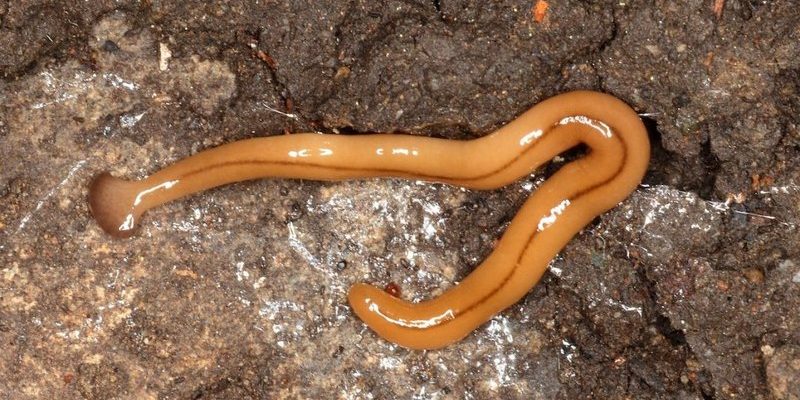
Imagine your raised beds as a healthy, bustling community of plants. Just like in any community, some members can disrupt the harmony. Hammerhead worms, with their long, flat bodies and distinctive heads, are a bit like those noisy neighbors who just won’t quiet down. If they invade your garden, they can take over, leading to loss of soil health and plant vitality. But don’t worry—by taking some proactive steps, you can maintain the peace in your garden.
So, why should you care? For starters, these worms aren’t just ugly; they can also damage your soil’s ecosystem. They feed on beneficial organisms, and before you know it, they might be wreaking havoc in your precious raised beds. Let’s explore how to keep your garden safe, sound, and hammerhead-free.
Understanding Hammerhead Worms
Before we can effectively prevent their spread, it’s essential to know what we’re dealing with. Hammerhead worms, scientifically known as *Bipalium kewense*, are native to tropical regions but have made their way into other areas, thanks to global trade and human activity. They thrive in moist environments and can be found lurking under mulch, in damp soil, or even under plant debris.
These worms can grow quite long—up to 12 inches! Their most distinctive feature is the broad, flattened head that resembles a hammer, hence their name. But don’t be fooled by their odd appearance; they’re not harmless. Hammerhead worms are voracious predators, feeding mainly on earthworms, which play a crucial role in maintaining soil health. If they’re munching on your earthworm population, that’s a big problem for your raised beds.
You might be wondering if these worms can harm you or your pets. Luckily, they’re not dangerous to humans, but handling them could cause skin irritation. So, it’s best to admire them from a distance and focus on keeping them away from your garden.
Identifying Hammerhead Worm Infestations
Spotting a hammerhead worm in your raised beds isn’t always straightforward. They tend to blend in with the soil and can often be mistaken for other types of worms. Here are some signs to look for:
- **Visible Worms:** Check the surface of the soil after rain or watering. If you see long, flat worms, you might be dealing with hammerheads.
- **Decreased Earthworm Population:** If your garden seems less lively or you can’t find any earthworms, it might be a sign that hammerheads are munching their way through.
- **Plant Damage:** Yellowing leaves or stunted growth in your plants can hint at a lurking problem, possibly even hammerhead worms.
If you suspect an infestation, don’t panic. Early detection is key. You can gently sift through the top layers of your soil to confirm their presence. A flashlight can help you spot them more easily, especially in the early morning or late evening when they’re most active.
Creating a Barrier to Prevent Spread
Prevention is always better than cure. One of the most effective ways to keep hammerhead worms out of your raised beds is by creating physical barriers. Here’s how to go about it:
1. **Fine Mesh Screens:** Place fine mesh or cloth screens over the soil when not in use. This will prevent the worms from entering your raised beds while still allowing air and water to reach your plants.
2. **Mulch Wisely:** When applying mulch, use materials that are less appealing to hammerhead worms. For example, shredded leaves can attract these pests, while gravel or stones are less inviting.
3. **Raised Bed Height:** If possible, make your raised beds taller. This can deter worms from crawling in from the surrounding soil. Think of it like building a fortress for your plants!
By being proactive and creating these barriers, you’re laying the groundwork for a healthier garden ecosystem.
Maintaining Healthy Soil
A healthy soil ecosystem is your best defense against hammerhead worms. When your soil is rich with nutrients and beneficial organisms, it becomes less susceptible to invasions. Here are some tips for maintaining soil health:
1. **Compost Regularly:** Adding well-aged compost can boost soil health. It provides nutrients and encourages beneficial microbes that compete against harmful pests.
2. **Rotate Crops:** Change the types of plants you grow in your raised beds each season. This can disrupt pest life cycles and prevent them from settling in.
3. **Soil Testing:** Conduct soil tests to determine nutrient levels and pH. Adjusting your soil’s balance can promote healthy plant growth and deter pests.
When soil health is prioritized, you create an environment that’s less inviting to hammerhead worms and more welcoming to friendly earthworms and microorganisms.
Natural Remedies to Combat Hammerhead Worms
If you’ve already spotted hammerhead worms and need to act quickly, there are a few natural remedies you can try. These methods help to keep your garden environment safe while effectively reducing worm populations:
1. **Salt Water Solution:** Dissolving salt in water and pouring it on the affected areas can dehydrate and kill hammerhead worms. However, use this method sparingly, as too much salt can harm your plants.
2. **Diatomaceous Earth:** Sprinkling diatomaceous earth around your raised beds can create a barrier. This natural product consists of tiny, fossilized aquatic organisms that are harmful to soft-bodied pests like hammerhead worms.
3. **Soil Drench with Vinegar:** Vinegar is another natural option. It’s acidic and can deter worms when mixed with water and drizzled on the affected soil.
Remember, the aim is to be gentle on your garden while breaking the cycle of worm infestation.
Regular Monitoring and Maintenance
Keeping an eye on your garden is essential for spotting potential issues before they escalate. Regularly check your raised beds for hammerhead worms and their signs. Here’s what to focus on:
– **Inspect Soil Texture:** Is it crumbly and full of life, or does it feel compact and lifeless? Healthy soil often signals fewer pests.
– **Check for Plant Health:** Look for signs of distress in your plants, such as wilting or yellowing leaves. Healthier plants can better resist pests.
– **Daily Observations:** Make routine inspections part of your gardening practice. It’s kind of like checking the pulse of your garden.
The more engaged you are with your plants, the better your chances of preventing unwanted invasions.
Preventing **hammerhead worm** spread in raised beds may take some effort, but your garden will thank you for it. By understanding these worms, creating barriers, maintaining healthy soil, and regularly monitoring your raised beds, you equip yourself with the tools needed to protect your plants.
Gardening is all about nurturing, and keeping harmful pests at bay is part of that process. Remember that a little vigilance goes a long way in maintaining the balance in your green space. With these strategies in place, you can enjoy a thriving garden that continues to flourish—and keeps those hammerhead worms firmly on the outside looking in. Happy gardening!

